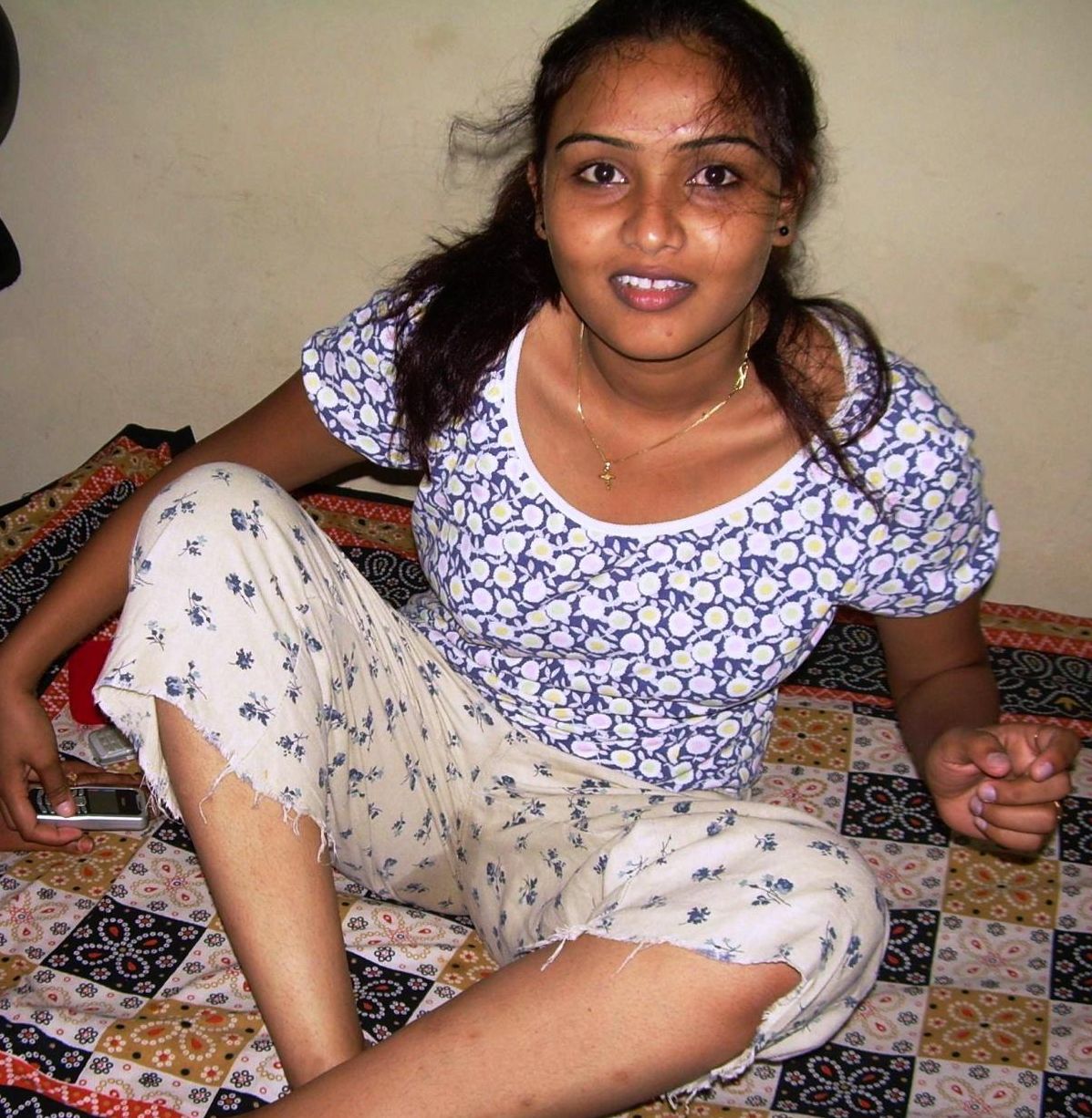My Desi is a term that resonates with millions around the globe, particularly among the South Asian diaspora. It encapsulates the rich traditions, vibrant customs, and diverse lifestyles of people originating from countries like India, Pakistan, Bangladesh, Nepal, and Sri Lanka. This article aims to delve deep into the essence of Desi culture, exploring its multifaceted nature and how it influences the lives of individuals both in their home countries and abroad.
The term "Desi" is derived from the Sanskrit word "desh," meaning land or country. It signifies a connection to one's homeland, culture, and heritage. As globalization continues to shape societies, the Desi identity has evolved, melding traditional values with contemporary influences. This article will address key components of Desi culture, including its history, traditions, cuisine, and the role of Desi communities worldwide.
Moreover, understanding My Desi is not just about appreciating customs and traditions; it's also about recognizing the societal issues and challenges faced by Desi communities. In this comprehensive guide, we will cover various aspects of Desi culture, making it an informative read for anyone interested in this vibrant way of life.
Table of Contents
- 1. The Historical Roots of Desi Culture
- 2. Traditions and Festivals
- 3. The Culinary Landscape of Desi Cuisine
- 4. The Role of Music and Dance in Desi Culture
- 5. The Importance of Family and Community
- 6. Desi Culture in the Modern World
- 7. Challenges Faced by Desi Communities
- 8. Conclusion: Embracing My Desi Identity
1. The Historical Roots of Desi Culture
The history of Desi culture is deeply intertwined with the ancient civilizations of the Indian subcontinent. From the Indus Valley Civilization to the Mughal Empire, the region has witnessed a plethora of cultural influences that have shaped its identity.
Key historical influences include:
- The Vedic period, which laid the foundation of Hindu philosophy and culture.
- The arrival of Islam in the 8th century, leading to a blend of Hindu and Islamic traditions.
- The British colonial period, which introduced Western concepts and practices.
2. Traditions and Festivals
Desi culture is rich with vibrant traditions and festivals that reflect the diversity of its people. Major festivals include:
- Diwali: The Festival of Lights celebrated by Hindus, Sikhs, and Jains.
- Eid: A significant festival for Muslims, marking the end of Ramadan.
- Holi: The Festival of Colors, symbolizing the arrival of spring.
These festivals often involve rituals, family gatherings, and elaborate feasts, showcasing the importance of community and togetherness.
3. The Culinary Landscape of Desi Cuisine
Desi cuisine is known for its diverse flavors, spices, and cooking techniques. Each region has its unique culinary traditions, influenced by local ingredients and cultural practices. Key elements include:
- Spices: Cumin, coriander, turmeric, and cardamom are staples in Desi cooking.
- Popular Dishes: Biryani, curry, samosas, and various types of bread like naan and roti.
- Vegetarianism: A significant aspect of Desi cuisine, especially in Hindu communities.
4. The Role of Music and Dance in Desi Culture
Music and dance are integral parts of Desi culture, often used to express emotions and tell stories. Traditional forms include:
- Classical Music: Hindustani and Carnatic music are two major classical traditions.
- Folk Music: Each region has its folk songs and dances, such as Bhangra in Punjab and Garba in Gujarat.
- Bollywood Music: A contemporary fusion of traditional and modern styles, popular worldwide.
5. The Importance of Family and Community
Family is a cornerstone of Desi culture, with strong emphasis on familial ties and respect for elders. Community gatherings and celebrations reinforce social bonds and cultural identity.
- Joint Families: Traditionally, extended families live together, sharing responsibilities and resources.
- Respect for Elders: Elders are revered and their wisdom is sought in decision-making.
6. Desi Culture in the Modern World
As Desi communities spread across the globe, they bring their culture with them, leading to a fascinating blend of traditions and modernity. Key aspects include:
- Globalization: The fusion of Desi culture with Western influences, evident in fashion, music, and food.
- Social Media: Platforms that promote Desi culture and connect individuals worldwide.
7. Challenges Faced by Desi Communities
Despite the vibrancy of Desi culture, communities face several challenges, including:
- Identity Crisis: Balancing traditional values with modern societal norms.
- Discrimination: Facing prejudice and stereotypes in foreign countries.
8. Conclusion: Embracing My Desi Identity
Understanding My Desi culture is a journey of appreciating the richness of traditions, the significance of family, and the challenges faced by communities worldwide. Embracing this identity not only fosters a sense of belonging but also promotes cultural pride.
We encourage readers to share their thoughts on Desi culture and engage in discussions that celebrate diversity. Feel free to leave a comment or share this article with friends!
Thank you for exploring My Desi with us. We hope to see you back for more insightful articles in the future!



